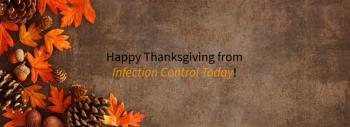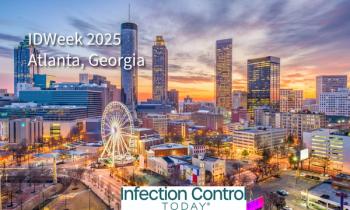
How Misinformation Tries to Discredit the Science Behind Masking
Public health is under attack. The CDC shooting underscores how misinformation fuels mistrust and danger. In this climate, evidence-based protections like masking aren’t optional—they’re essential. Layered strategies remain our best defense against deadly pathogens.
Public health is literally under attack. The
Thus, it is with some trepidation that I write this commentary regarding the misinformation and need for masking during outbreaks of dangerous viral pathogens. The misinterpretation of scientific evidence supportive of masking has hindered mask acceptance. Similar misrepresentations can be found that are directed at the entire public health infrastructure, leading to public mistrust and even anger focused upon public health officials.
Overriding principles regarding the impact of both user compliance and exposure time on the benefits of masking were
Dosage is, thus, important. A virus does not have eyes or the ability to move.The encounter between a cell and its receptor is entirely random, similar to a battlefield where a single blind gunman tries to hit a target. It is unlikely to happen.But with a million gunmen, 1 may hit its mark.
A study that demonstrates the importance of exposure time and masking on SARS-CoV-2 cases was
This effect was tabulated by the
Some have viewed masking as a standalone preventative measure, scoffing at layered approaches. A layered approach means you simultaneously use more than 1 preventative strategy. Layered strategies are recommended for almost every disease in medicine, from cancers to simple upper respiratory infections. The home remedy for a cold, consisting of keeping warm, resting, Vitamin C, and chicken soup, is an example of the public embracing a layered approach. Certainly, enacting multiple strategies to prevent the spread of a dangerous virus should not be viewed as unwarranted.
The effectiveness of masking was brought into question by a large
However, other review articles found masking to be effective, including a systematic review by
Because of these seemingly conflicting results, many,
Ethical problems are also created when designing randomized controlled studies that incorporate a control group without an intervention that is likely to be beneficial. Clinical equipoise would not be achieved. This is underscored by the parachute RCT parody, which was published by
However, the lack of RCTs has caused some to cast doubt on the effectiveness of masking.
However, comparing the evaluation of public health strategies to that of drug trials is comparing apples and oranges. Drug trials require compliance as little as 5 to 10 minutes per day when one takes the drug. Clinical trials involving public health strategy require compliance for 8 hours a day, at least 5 days a week. Drug trials can be easily double-blinded, but this is extremely difficult, if not next to impossible, when designing trials to evaluate public health strategies, such as those involving masking. Biases are frequently present and often permeate non-blinded public health trials.
Well-designed studies do exist for masking, but they are not blinded. In Bangladesh, a large
There have also been
However, ivermectin has been found to be ineffective in at least 3 double-blinded randomized controlled clinical trials. A large trial evaluated outpatients with mild-to-moderate COVID-19 and found
Although the literature appears to be conflicting, it should be remembered that in
In the case of mask effectiveness, there are 2 critical observations.First, a possible reason why so many trials in health care settings have not been able to show a beneficial effect is that the viral dosage and exposure times are too high and too long, which may lead to contracting the illness with even 1 protocol lapse. Unfortunately, clinical trials in health care settings often have suboptimal compliance.
Thus, using a surgical or even an N95 mask as the primary strategy in a health care setting may not be adequate. Other strategies to lower viral dosage and contact with airborne pathogens are needed. This includes clean air and increased ventilation.
However, during a pandemic, advising the public to wear an N95 mask for short-term exposures, such as going into a restaurant to pick up a takeout order, is a sound strategy.
We must not discard interventions because they alone do not offer 100% protection. No public health intervention can achieve this goal. Not vaccinations, not clean air, and not masking. Instead, we must strive to lower the viral dosage a person is exposed to and to layer on additional protection if the initial protection is inadequate.
Newsletter
Stay prepared and protected with Infection Control Today's newsletter, delivering essential updates, best practices, and expert insights for infection preventionists.





